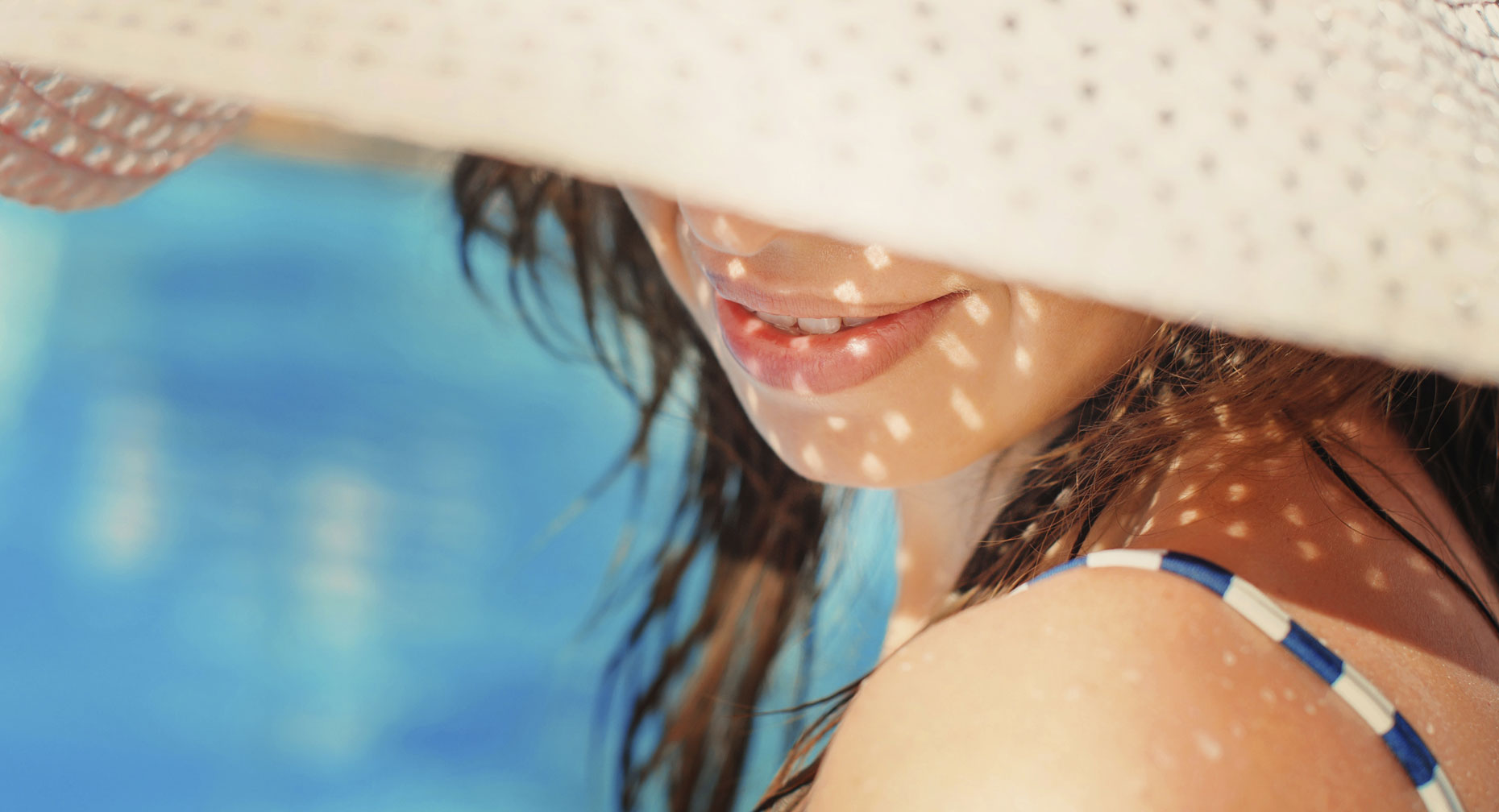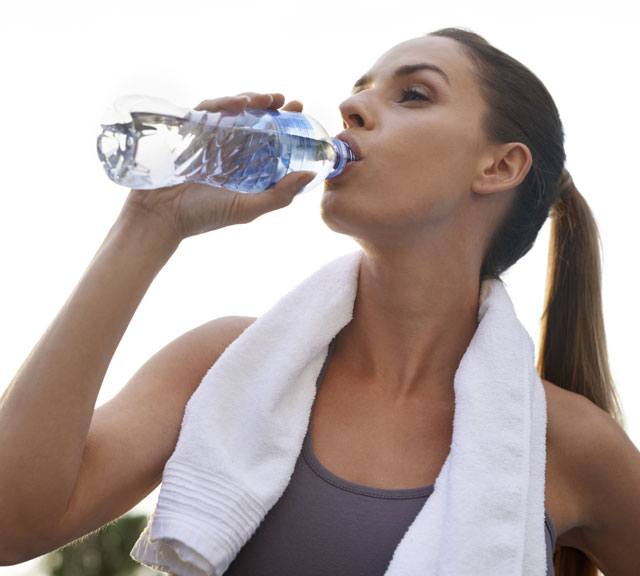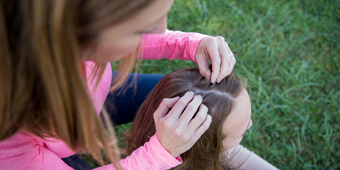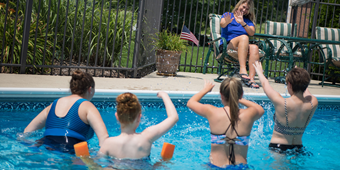Don’t Get Beat by the Heat! How to Avoid Heat Illnesses

Answer a few questions and we'll provide you with a list of primary care providers that best fit your needs.
Heat illnesses can affect anyone of any age. When heat and humidity are on the rise, it’s time to be alert for symptoms of heat illness, which occurs when your body temperature rises too high. It usually results from being exposed to extreme heat and/or humidity for a prolonged period of time without taking in enough fluids. A heat illness might start out mild, but can progress and become more dangerous quickly.
The different types of heat illnesses are:
- Heat rash. Skin irritation caused by excessive sweating
- Heat cramps. Muscle pains or spasms that can happen during heavy exercise
- Heat exhaustion. More serious symptoms, including heavy sweating, fast breathing and a fast pulse
- Heatstroke. Critical situation that can be life-threatening because the body’s temperature can get dangerously high; a medical emergency
Jeffrey M. Rayborn, MD, of Premier Orthopedics, talks about the different levels of heat illnesses.
Click play to watch the video or read video transcript.
Who Is Most Likely To Have A Heat Emergency?
Joshua Klepinger, MD, an emergency medicine physician at Upper Valley Medical Center categorizes heat emergencies in two different ways.
“There’s the classic, non-exertional heat emergency, which happens with the elderly or others who have difficulty moving on their own. They may not have air conditioning and are unable to open a window or get out of the hot situation,” he explains. “The other category describes those who get overheated by exerting themselves, usually while wearing heavy gear. This includes athletes, firefighters, and military recruits.”
But heat illnesses can affect anyone of any age, so keep an eye out for symptoms in kids as well as grown-ups.
 Some medical conditions and medications can cause you to be more sensitive to heat. Talk to your doctor about your susceptibility to heat and sun exposure.
Some medical conditions and medications can cause you to be more sensitive to heat. Talk to your doctor about your susceptibility to heat and sun exposure.
Symptoms and First Aid
The key to keeping heat illnesses at bay is recognizing the signs early and getting early treatment. If you notice that you or anyone you’re with — no matter their age — is showing the symptoms below, seek help right away.
| Heat Illness | Symptoms | Treatment |
|---|---|---|
| Heat Rash |
|
|
| Heat Cramps |
|
|
| Heat Exhaustion |
|
|
| Heat Stroke |
|
|
A heat illness might start out mild, but can progress and become more dangerous quickly.
Can a Heat Emergency Turn Deadly?
“Absolutely,” says Dr. Klepinger. “Without treatment, the body can eventually become overwhelmed by the heat. The result can be a complete cardiovascular collapse where blood pressure drops, your heart beat slows to the point where it can’t provide enough blood flow to the brain and other organs, and your kidneys fail.” The end result can be permanent disability or death. That’s why immediate emergency medical treatment is crucial.
How to Avoid Heat Illnesses
These tips can help stop the heat from spoiling your fun.
- Use sunscreen. Apply sunscreen 30 minutes before being in the sun and reapply as needed. Use one with an SPF (sun protection factor) of at least 30, recommends the American Academy of Dermatology.
- Hydrate. Drink plenty of fluids — such as water or sports drinks — during vigorous or outdoor activities, especially on hot days. Avoid alcohol and fluids with caffeine, such as tea, coffee, and soft drinks, as these can lead to dehydration.
- Dress smart. Wear light-colored, lightweight, tightly woven, loose-fitting clothing on hot days. Use a hat with a wide brim, sunglasses, and an umbrella.
- Note the time of day. Schedule vigorous activity and sports for cooler times of the day. Spend as much time indoors as possible on very hot and humid days.
- Speak up. “Don’t let yourself be pushed beyond your limits,” says Dr. Klepinger. “And if you see someone who may be overwhelmed by the heat, say something.”
- Take breaks. Pace yourself and seek cool shelter as soon as you start feeling hot. Find shade when possible. Teach children to take frequent drink breaks and "wet down" or mist themselves with a spray bottle to avoid becoming overheated.
- Acclimate. Children and teens adjust more slowly than adults do to changes in environmental heat. Increase time spent outdoors gradually to get your child's body used to the heat. Teach your child to warm up and cool down before and after exercising.
- Team up. Find a buddy so you can keep an eye on each other.
- Check on others. Reach out to friends, neighbors, and family members who could be especially vulnerable to the heat, Dr. Klepinger advises.
Answer a few questions and we'll provide you with a list of primary care providers that best fit your needs.
Source: American Academy of Dermatology; Jeffrey M. Rayborn, MD, Premier Orthopedics; Joshua Klepinger, MD, emergency medicine physician, Upper Valley Medical Center






